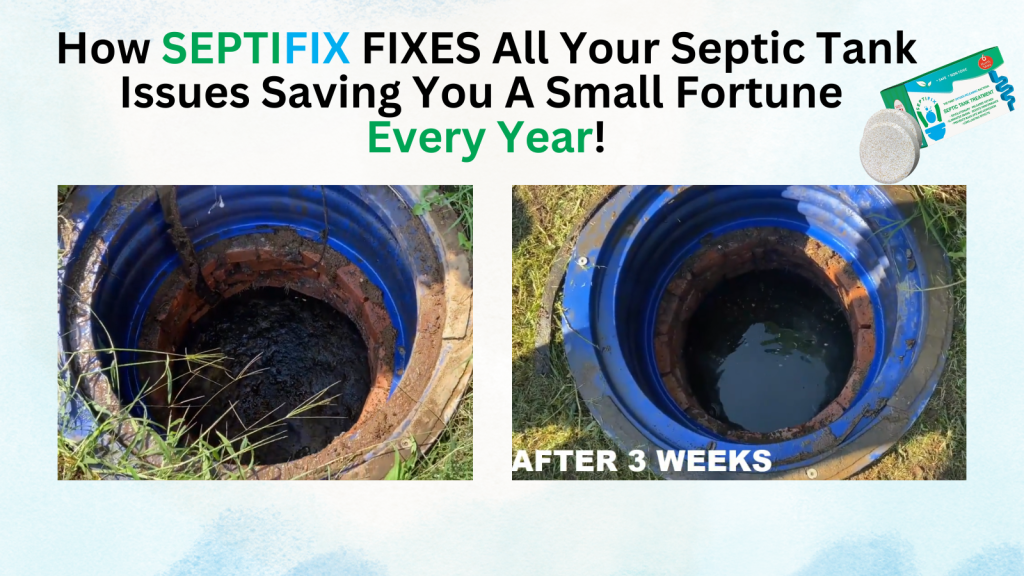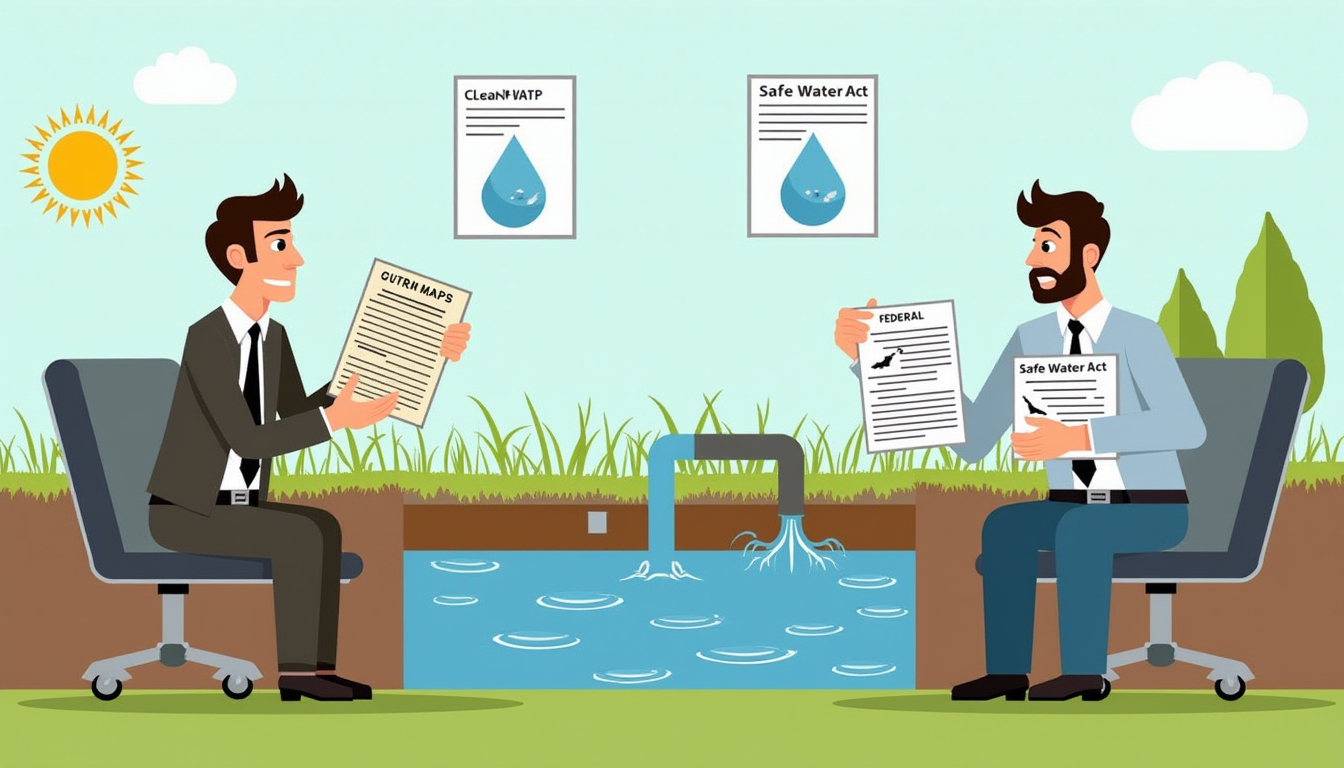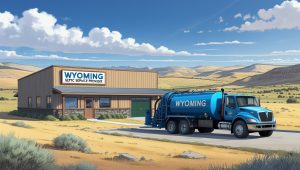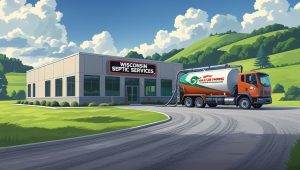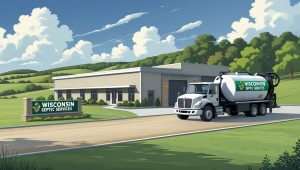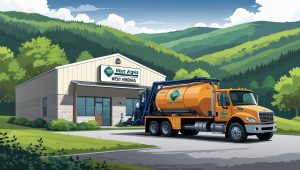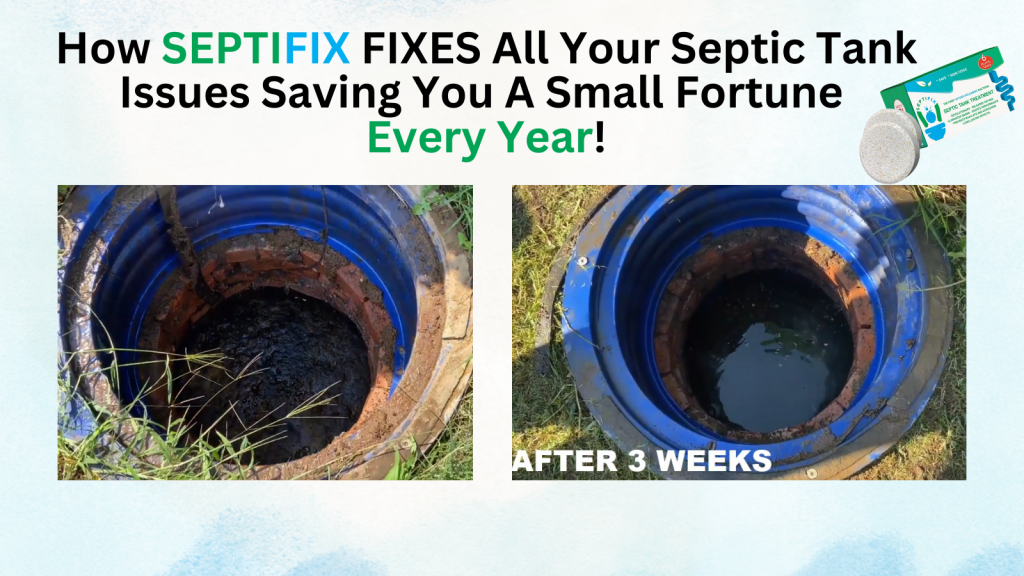When it comes to zoning laws and septic systems, homeowners often overlook just how connected the two really are. But zoning regulations can significantly impact whether you can install, repair, or expand a septic system on your property. Understanding the local codes and land-use rules is essential—especially if you’re building a new home, adding an extension, or buying rural property. Ignoring zoning could result in fines, denied permits, or even forced system removal.
In this article, we’ll break down how zoning affects septic systems, how to stay compliant, and what to look out for during property planning.
Table of Contents
- What Are Zoning Laws?
- Why Zoning Matters for Septic Systems
- Zoning and Septic Permits
- What Happens If You Don’t Follow Zoning Rules?
- Tips for Staying Compliant
- Regional Synonyms for Septic Systems
- Contact Info and Resources
- Septifix
- Septic Permit Links by State
What Are Zoning Laws?
Zoning laws are municipal or county-level regulations that dictate how land can be used in different areas. These codes separate regions into residential, commercial, agricultural, and industrial zones. They also control factors like:
- Minimum lot sizes
- Building setbacks
- Permitted uses (like whether septic tanks are allowed)
- Environmental protection areas
Each zone has specific rules about what types of septic systems are allowed—or whether they’re permitted at all.
Why Zoning Matters for Septic Systems
Not All Properties Are Zoned for Septic
If you live in a city or suburb, your lot may be zoned for municipal sewer use only. In more rural or agricultural zones, septic systems are often permitted—but they must meet certain criteria.
For example, some zones may allow conventional drain fields, while others require alternative or mound systems due to poor soil or water table issues.
Minimum Lot Size Requirements
Many counties require a minimum acreage for homes with septic systems. A 1-acre minimum is common, but this varies. Zoning codes often specify this to ensure there’s enough space for:
- The septic tank and drain field
- A replacement field area for future failures
- Safe distances from wells, streams, or property lines
Failing to meet these requirements could result in permit denial, even if the land seems large enough.
Building Setbacks and Easements
Zoning regulations also define setback distances, which are the required gaps between your septic system and:
- Property lines
- Roads or public rights-of-way
- Buildings and structures
- Bodies of water or wetlands
These rules exist for public health and environmental protection, and they can significantly affect where a system can be placed.
Zoning and Septic Permits
Getting Approval
Before installing a new system, homeowners typically need:
- A zoning clearance or land-use permit
- A septic system permit from the health department or environmental agency
Zoning officials verify land-use compliance first. If the property doesn’t meet septic zoning requirements, the application won’t proceed to the health department for design approval.
Common Permit Roadblocks
- Inadequate lot size
- Improper zoning designation (e.g., commercial instead of residential)
- Environmental overlays (like wetlands or flood zones)
- Existing system too close to protected areas
In these cases, you might need a variance or rezoning, which can be time-consuming and expensive.
What Happens If You Don’t Follow Zoning Rules?
Installing a septic system without proper zoning approval can lead to serious consequences, such as:
- Fines and penalties
- Stop-work orders during construction
- Required removal or redesign of the system
- Difficulty selling the property due to noncompliance
Plus, any future repairs or expansions may be blocked if the original system was never permitted correctly.
Tips for Staying Compliant
1. Check Zoning Before You Buy or Build
If you’re buying vacant land, request a zoning map and property report from the local planning office. Ask whether septic systems are allowed and what conditions apply.
2. Work With a Local Septic Designer or Engineer
Licensed professionals are familiar with local zoning and environmental rules. They can help design a system that meets code and identify any hurdles early.
3. Understand Regional Soil Conditions
Some zoning restrictions are tied to soil types or terrain. If you’re in a region with clay soils, steep slopes, or a high water table, zoning might restrict the type of system allowed.
4. Secure All Necessary Permits
Always apply for both zoning clearance and septic permits. Don’t rely on verbal approval or outdated information—get everything in writing.
5. Maintain Records
Keep copies of your system’s permit, design plans, and inspections. These documents will be essential for resale, future upgrades, or zoning challenges.
Regional Synonyms for Septic Systems
Depending on where you live, zoning offices may use different terms. Keep an eye out for these regional synonyms:
- Onsite wastewater treatment system (OWTS)
- Individual sewage disposal system (ISDS)
- Septic disposal system
- Private sewage system
- Wastewater leach field
When reading local zoning codes or talking to officials, ask for clarification if you’re not sure which term applies.
Contact Info and Resources
Here are some resources to help you research zoning laws and septic system regulations in your area:
- EPA SepticSmart Program – Septic maintenance and permitting basics
- National Onsite Wastewater Recycling Association (NOWRA) – Professional network and regulatory info
- Your local zoning or planning department – For maps, applications, and local rules
- Local county health department – For septic permitting and soil test requirements
- Consult a licensed septic contractor or soil evaluator in your area for site-specific guidance
Conclusion
Zoning laws play a critical role in whether a septic system can be installed or modified on your property. Ignoring these rules can lead to costly mistakes and legal headaches. By understanding your local zoning codes, securing the right permits, and working with qualified professionals, you’ll protect both your investment and the environment.
Thinking about installing or upgrading a septic system? Start by checking with your local planning office—and make sure your land use matches up with your wastewater plans.
Septic Tanks in Rural Areas: A Practical Guide for Homeowners
Directory | Wyoming Septic Service Providers : Best Professionals
Directory | Wisconsin Septic Service Providers | Part 3
Directory | Wisconsin Septic Service Providers | Part 2
Directory | Wisconsin Septic Service Providers | Part 1
Directory | West Virginia Septic Service Providers : Best Professionals
Winter Pumping: Should You or Shouldn’t You?
Septic Installer Registration in Bay County, Michigan
Septifix
